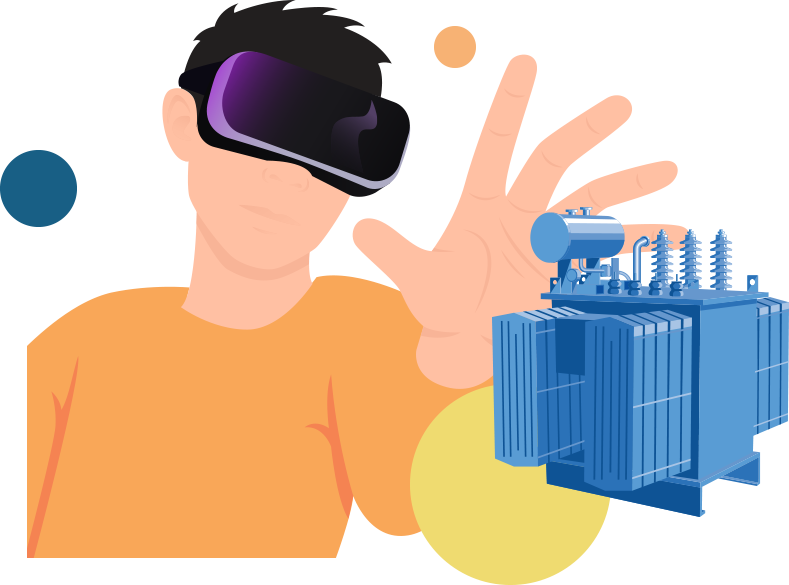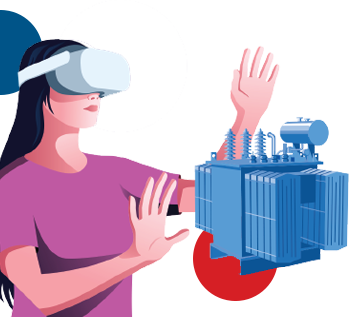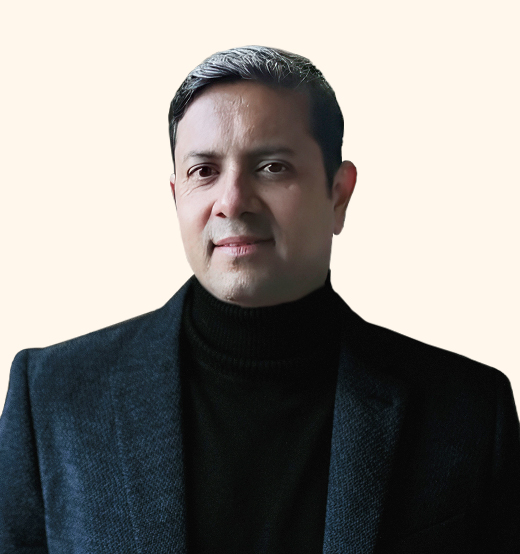Human Heart
The human heart is a complex organ that plays a crucial role in the circulatory system. From a medical perspective, the heart is composed of specialized cardiac muscle cells, connective tissue, and blood vessels. The heart is divided into four chambers: the right atrium, left atrium, right ventricle, and left ventricle. Each chamber is separated by a wall of muscle called a septum. The right side of the heart is responsible for pumping deoxygenated blood to the lungs for oxygenation, while the left side of the heart pumps oxygen-rich blood to the rest of the body.
The heart is controlled by the cardiac conduction system, which coordinates the electrical impulses that cause the heart to contract and relax. These impulses originate in the sinoatrial node (SA node), also known as the natural pacemaker of the heart, and spread throughout the atria and ventricles to coordinate the heartbeat. The heart is also supported by a network of blood vessels, including the coronary arteries and veins, which supply the heart muscle with oxygen and nutrients. Any damage or dysfunction of the heart or its blood vessels can lead to a variety of conditions, such as heart disease, heart attack, and arrhythmias.
Overall, the human heart is a complex and essential organ that requires proper care and attention to maintain optimal health.
Learn more about this module
Contact NowHuman Heart Working Model
Branch: Physiology Medical
Subject: Cardiology
Topic: Organs
Subtopic: Human Heart
Learning Objectives
After completing this module, you will be able to:
- 1. Understand the internal structure of the human hear.
- 2. Identify the structural and functional importance of various parts of the human heart.
- 3. Explain the role of the human heart in pumping blood throughout the body.
- 4. Describe the path of blood flow within the heart.
- 5. Explain the role of the cardiac conduction system in the contraction and relaxation of cardiUnderstand the relationship between the heart and other organs
- 6. such as the lungs.

Want more information about iXR Labs? Or want to learn more about our VR Learning Platform? Download our brochure and our team will get in touch with you.
Download Our BrochureSchedule a discovery call with our team of experts
Fields marked with an asterisk (*) are required







